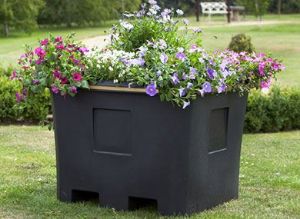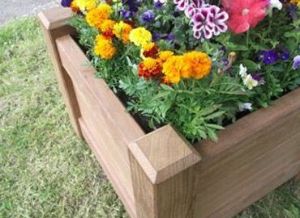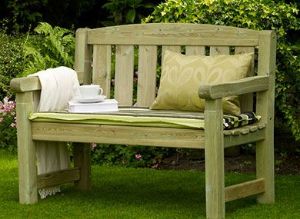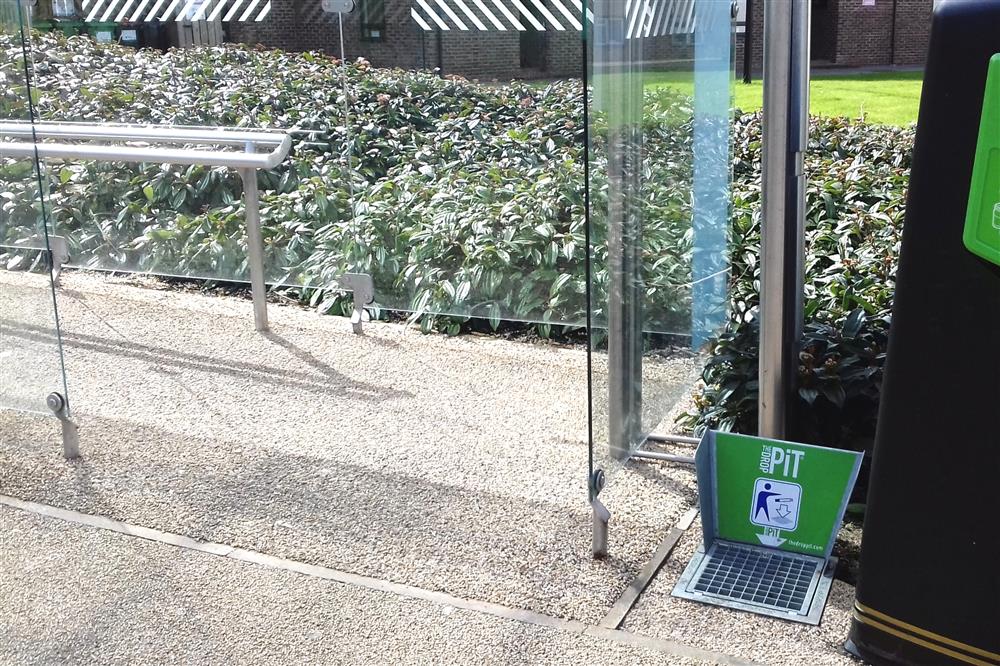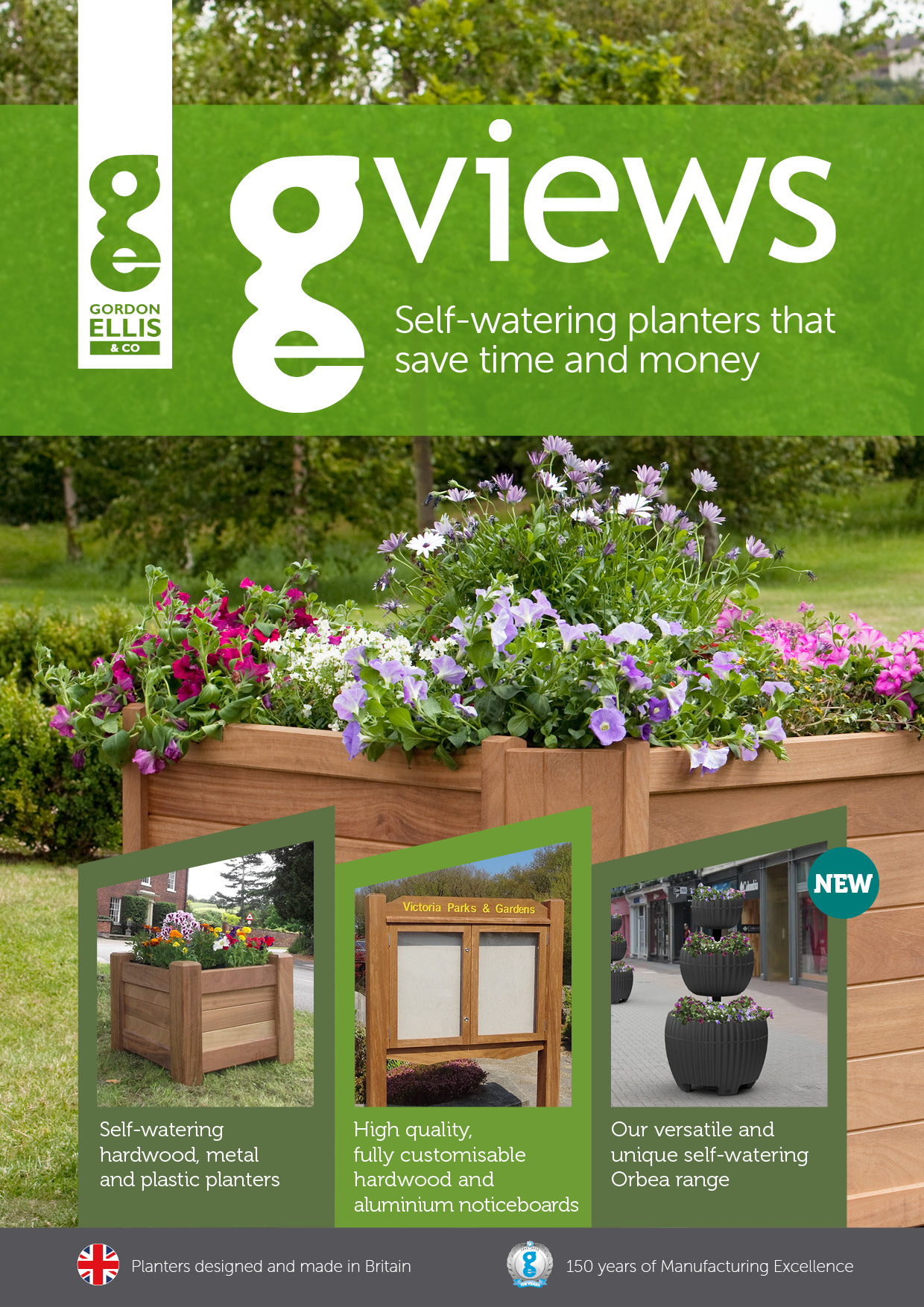How the environment around us affects our mental health
In recent years it has become apparent that mental health is a growing and global health issue. Now more than ever, experiences of isolation and fear, will increase mental health issues. The World Health Organisation reported that approximately one in four people will experience some form of mental illness during their life. Whilst there is a lot we still don’t know about mental health; it is recognised that the world within which a person lives and functions plays a key role in their mental health.
Physical environmental factors are a key element that determine someone’s mental health. Negative factors such as pollution have the ability to affect a person’s biology or neurochemistry which in turn increase the likelihood of that person developing a mental disorder.
In contrast however, a pleasant natural environment can reverse feelings of anxiousness, sadness and helplessness. Research carried out at hospitals, offices and schools found that just one plant in a room can play a significant role in reducing stress and anxiety. The University of Minnesota even argues the natural environment can have positive effects on issues such as elevated blood pressure and heart rate, muscle tension and the immune system.
These are some of the key reasons the geViews team are so excited about bringing nature into towns and villages, possible even whilst practising social distancing. Specifically, studies conducted by the Human-Environment Research lab and the University of Illinois found that time in nature connected people to each other and fostered a sense of community:
‘residents in Chicago public housing with trees and green space around their building reported knowing more people, having stronger feelings of unity with neighbours, being more concerned with helping and supporting each other, and having stronger feelings of belonging than tenants in buildings without trees.’
In this way geViews hopes not only to brighten up public spaces but also to help foster community strength and wellbeing.
Furthermore, spending time, or even viewing nature has been linked to an increased attention span. Research has shown the natural environment is especially therapeutic for children with ADHD. However even for those without this, nature has the ability to soothe overactive minds and refresh people for new tasks. Here at geViews we are proud of our partnerships with universities and business parks and the part we play in bringing about calm and balanced environments
Of course, mental health is a complex issue, and good mental health requires a balance of mental, physical, social, emotional, and spiritual health. However, we are excited that we can play even a small part in improving the wellbeing of British communities.

